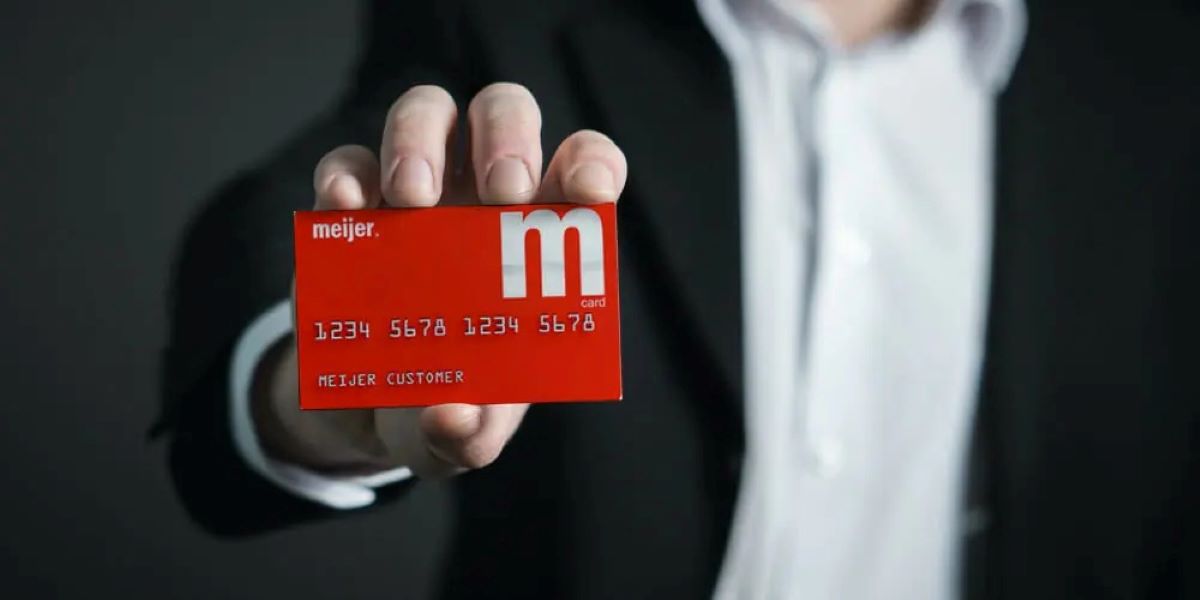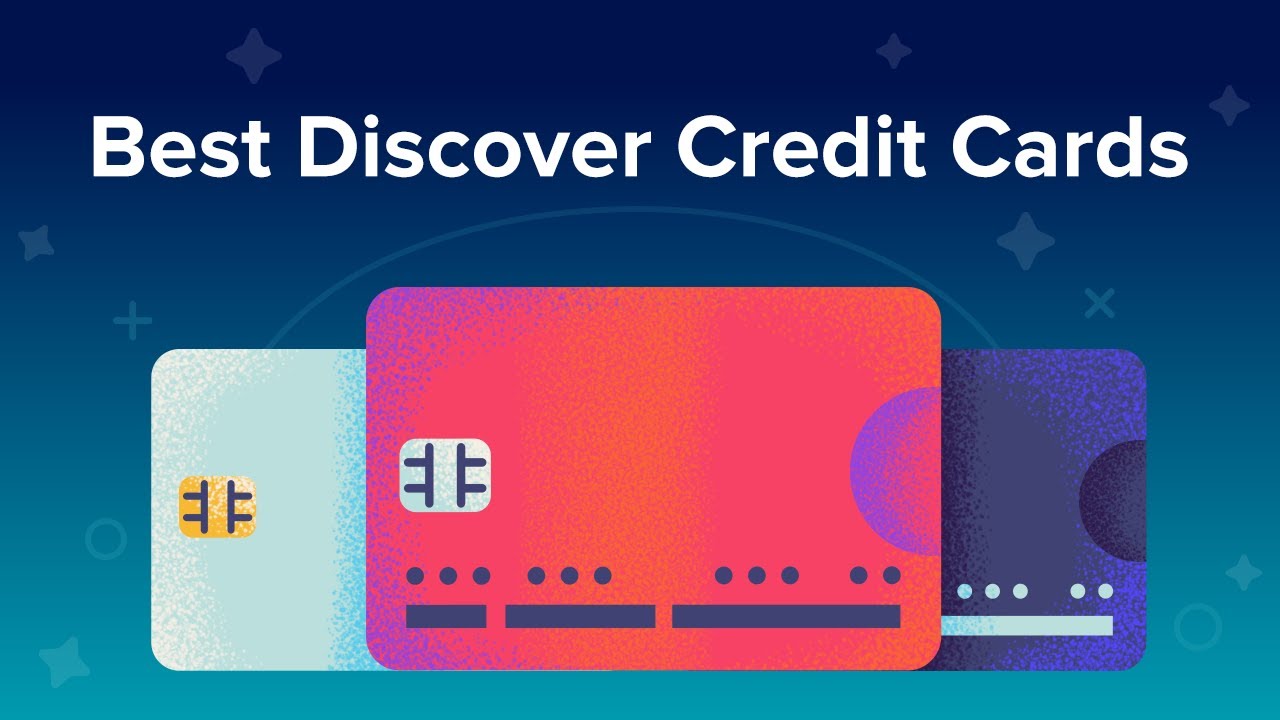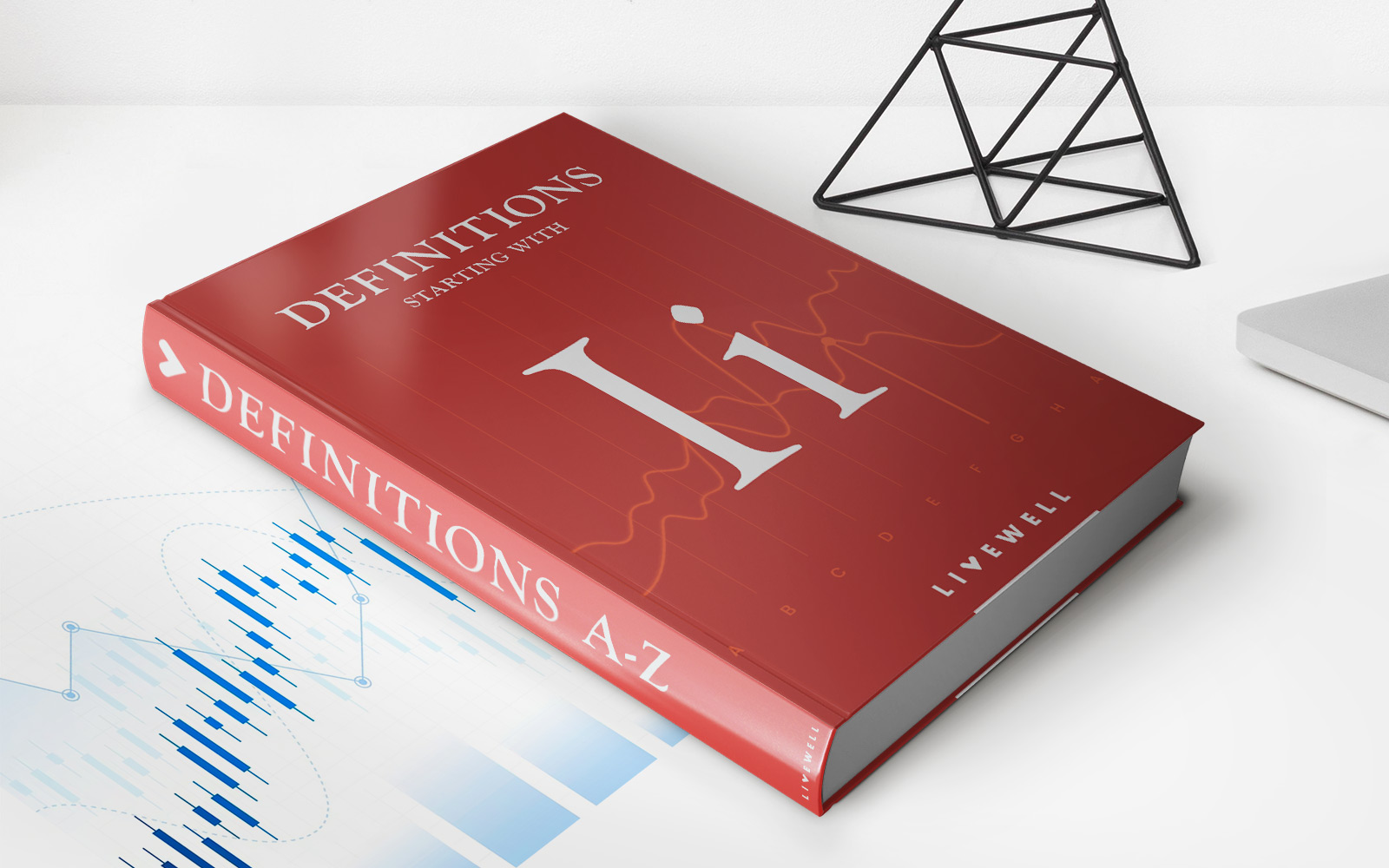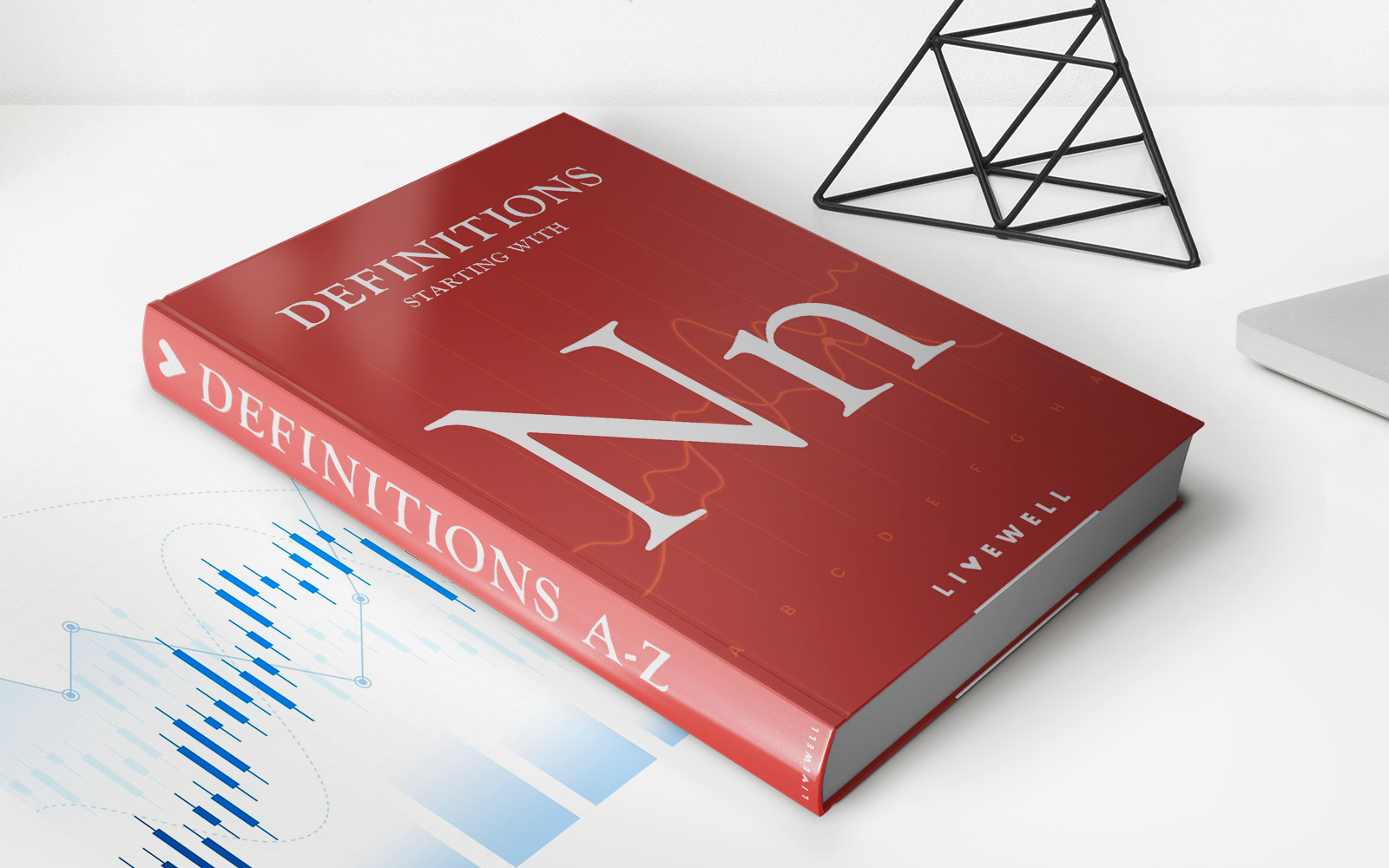Home>Finance>What Is The Minimum Payment On A Student Credit Card At Discover


Finance
What Is The Minimum Payment On A Student Credit Card At Discover
Modified: March 1, 2024
Learn about the minimum payment on a student credit card at Discover and manage your finances wisely. Find out more about student credit card payments and finance tips.
(Many of the links in this article redirect to a specific reviewed product. Your purchase of these products through affiliate links helps to generate commission for LiveWell, at no extra cost. Learn more)
Table of Contents
Understanding the Importance of Student Credit Card Minimum Payments
Introduction
Student credit cards can be valuable financial tools for young adults, offering a convenient way to build credit and cover essential expenses. However, it's crucial for cardholders to understand the concept of minimum payments to avoid potential pitfalls. In this article, we will delve into the significance of minimum payments on student credit cards, particularly those issued by Discover. By comprehending the factors influencing minimum payments and learning how to calculate them, students can effectively manage their credit card obligations and cultivate responsible financial habits.
When individuals apply for a student credit card, they often focus on the perks and rewards associated with the card, such as cashback incentives and introductory APR offers. While these benefits are undoubtedly appealing, it's equally important to grasp the implications of minimum payments. Essentially, the minimum payment represents the lowest amount that cardholders must remit to their credit card issuer each month to maintain their account in good standing.
Failing to meet the minimum payment requirement can result in adverse consequences, including late fees, interest accrual, and potential damage to one's credit score. Therefore, understanding how minimum payments are calculated and the factors influencing them is essential for responsible credit card management. In the subsequent sections, we will explore the intricacies of minimum payments on student credit cards, particularly those provided by Discover, and provide insights into effectively managing these financial obligations.
Understanding Student Credit Card Minimum Payments
Minimum payments on student credit cards play a pivotal role in maintaining healthy financial habits and managing one’s credit card obligations effectively. As young adults venture into the realm of personal finance, comprehending the dynamics of minimum payments is crucial for fostering responsible financial behavior. When it comes to student credit cards, understanding the minimum payment requirements is particularly pertinent, as it sets the foundation for building a positive credit history while avoiding potential pitfalls.
At its core, the minimum payment is the smallest amount that cardholders must pay each billing cycle to satisfy their credit card obligations. This amount is determined by the credit card issuer and is typically calculated as a percentage of the outstanding balance, often with a minimum threshold. While making the minimum payment by the due date prevents the account from being considered delinquent, it’s important to recognize that doing so may result in accruing interest on the remaining balance.
For students, especially those new to managing credit, understanding the implications of making only the minimum payment is crucial. While it may seem convenient to remit the minimum amount, especially during financially challenging months, it’s essential to acknowledge the long-term financial repercussions. By carrying a balance and consistently making minimum payments, cardholders may incur substantial interest charges, potentially leading to a cycle of debt if not managed prudently.
Moreover, comprehending the relationship between minimum payments and credit utilization is imperative for students. Credit utilization, the ratio of credit card balances to credit limits, significantly influences credit scores. By consistently maintaining high balances relative to their credit limits and making only minimum payments, students may inadvertently impact their credit scores negatively. Therefore, a nuanced understanding of minimum payments is essential for students to navigate the realm of credit responsibly and cultivate healthy financial habits.
In the context of student credit cards issued by Discover, the significance of understanding minimum payments is amplified. Discover offers student-friendly credit cards tailored to the unique needs of young cardholders, emphasizing the importance of responsible credit management. By comprehending the intricacies of minimum payments and their implications, students can leverage their credit cards effectively while building a solid foundation for their financial future.
Factors Affecting Minimum Payments on Student Credit Cards
Several key factors influence the calculation of minimum payments on student credit cards, shaping the financial obligations that cardholders must fulfill each billing cycle. Understanding these factors is paramount for students seeking to manage their credit card responsibilities effectively and cultivate sound financial habits. By comprehending the elements that contribute to the determination of minimum payments, students can make informed decisions regarding their credit card usage and repayment strategies.
Outstanding Balance: The outstanding balance on a student credit card significantly impacts the minimum payment due. Typically, minimum payments are calculated as a percentage of the total balance, with the specific percentage determined by the credit card issuer. Consequently, higher outstanding balances result in larger minimum payment requirements, emphasizing the importance of prudent spending and timely repayment.
Interest Rates: The interest rates associated with student credit cards directly influence the minimum payment calculation. Cards with higher APRs necessitate larger minimum payments to cover the accruing interest and contribute towards reducing the principal balance. Understanding the interplay between interest rates and minimum payments is crucial for students, as it underscores the significance of managing balances to mitigate interest charges.
Credit Card Terms and Conditions: The terms and conditions outlined by the credit card issuer dictate the specific methodology used to calculate minimum payments. It’s imperative for students to review and comprehend these terms, as they vary across different credit card products. By familiarizing themselves with the issuer’s policies, students can gain clarity on how minimum payments are determined and strategize their repayment approach accordingly.
Payment History: The payment history of a student credit card account can impact the minimum payment due. For instance, missed or late payments may trigger penalty fees and potentially lead to an increase in the minimum payment requirement. Conversely, maintaining a consistent record of timely payments can contribute to a positive credit profile and potentially influence the minimum payment calculation in the future.
Credit Limit Utilization: The utilization of the available credit limit on a student credit card is a pivotal factor in minimum payment calculations. Higher credit utilization ratios, indicative of substantial balances relative to the credit limit, may result in larger minimum payment obligations. Students should strive to manage their credit utilization effectively, aiming to keep balances well below their credit limits to mitigate the impact on minimum payments and credit scores.
By comprehending these factors, students can navigate the realm of credit card minimum payments with enhanced insight, empowering them to make informed financial decisions and cultivate responsible credit management practices.
How to Calculate the Minimum Payment on a Discover Student Credit Card
Understanding how minimum payments are calculated on a Discover student credit card is essential for responsible credit management. Discover provides clear guidelines for determining the minimum payment, empowering cardholders to comprehend and fulfill their financial obligations effectively. By gaining insight into the methodology employed by Discover, students can navigate their credit card responsibilities with confidence and prudence.
Percentage-Based Calculation: Discover typically calculates the minimum payment as a percentage of the outstanding balance. While the specific percentage may vary based on the cardholder’s creditworthiness and the terms of the credit card agreement, this approach provides a transparent framework for determining the minimum payment due each billing cycle.
Fixed Minimum Payment Threshold: In addition to the percentage-based calculation, Discover sets a minimum threshold for the minimum payment. This ensures that cardholders are required to remit at least a specified amount, even if the calculated percentage of the outstanding balance results in a lower figure. By incorporating a fixed minimum payment threshold, Discover emphasizes the importance of consistent and meaningful contributions towards the repayment of credit card balances.
Interest and Fees: Discover factors in accrued interest and applicable fees when calculating the minimum payment. This consideration is crucial, as it ensures that cardholders address not only a portion of the principal balance but also the accruing interest and any relevant fees. By encompassing these elements in the minimum payment calculation, Discover promotes responsible credit usage and repayment practices among student cardholders.
Online Account Management Tools: Discover equips cardholders with online account management tools that facilitate a comprehensive understanding of their minimum payment obligations. Through the online portal or mobile app, students can access detailed information regarding their minimum payments, enabling them to plan and manage their finances proactively. These digital resources empower students to stay informed about their credit card obligations and take proactive steps to fulfill them responsibly.
By familiarizing themselves with Discover’s approach to calculating minimum payments, students can proactively manage their credit card obligations and cultivate healthy financial habits. Moreover, leveraging the educational resources and support provided by Discover, students can enhance their financial literacy and make informed decisions regarding their credit card usage and repayment strategies.
Tips for Managing Student Credit Card Minimum Payments
Effectively managing student credit card minimum payments is integral to maintaining financial stability and cultivating responsible credit habits. As young adults navigate the realm of personal finance, implementing strategic approaches to handle minimum payments can mitigate potential challenges and foster a positive credit profile. By adhering to prudent financial practices and leveraging available resources, students can navigate their credit card obligations with confidence and foresight.
Create a Budget: Establishing a comprehensive budget that encompasses essential expenses and discretionary spending can provide students with a clear overview of their financial obligations. By allocating funds for credit card payments within the budget, students can prioritize meeting their minimum payment requirements while managing other financial needs effectively.
Monitor Spending Habits: Regularly monitoring spending habits and exercising discretion in credit card usage can contribute to maintaining manageable balances. By being mindful of expenditures and avoiding unnecessary or impulsive purchases, students can mitigate the need for larger minimum payments while fostering responsible financial behavior.
Pay More Than the Minimum: While the minimum payment represents the lowest amount due, striving to pay more than the minimum whenever possible can expedite debt repayment and reduce interest charges. By allocating additional funds towards credit card balances, students can work towards alleviating debt burdens and enhancing their financial well-being.
Utilize Educational Resources: Many credit card issuers, including Discover, offer educational resources and tools to enhance financial literacy. Students can leverage these resources to gain insights into credit management, budgeting, and debt repayment strategies. By augmenting their financial knowledge, students can make informed decisions regarding their credit card obligations and proactively manage their minimum payments.
Set Payment Reminders: Establishing payment reminders or utilizing automated payment features can help students stay on top of their credit card obligations. Timely payments are crucial for avoiding late fees and potential impacts on credit scores. By setting up reminders, students can ensure that minimum payments are made punctually each billing cycle.
Seek Financial Guidance: Students encountering challenges in managing credit card minimum payments should not hesitate to seek financial guidance. Many educational institutions offer financial counseling services, and reputable online resources can provide valuable insights into credit management. Seeking guidance can empower students to address financial concerns proactively and develop effective strategies for managing credit card obligations.
By implementing these tips, students can navigate the realm of credit card minimum payments with prudence and foresight. By fostering responsible financial habits and leveraging available resources, students can effectively manage their credit card obligations and lay the groundwork for a sound financial future.
Conclusion
Student credit card minimum payments are integral components of responsible credit management, shaping the financial landscape for young adults venturing into personal finance. Understanding the nuances of minimum payments on student credit cards, particularly those issued by Discover, empowers students to navigate their credit obligations with clarity and prudence. By comprehending the factors influencing minimum payments and leveraging strategic approaches to manage these financial responsibilities, students can cultivate healthy financial habits and lay a solid foundation for their future endeavors.
Comprehending the significance of minimum payments and their implications is crucial for students utilizing credit cards as valuable financial tools. By recognizing the impact of minimum payments on credit scores, interest accrual, and overall financial well-being, students can approach their credit card obligations with foresight and responsibility. Moreover, by leveraging educational resources and support provided by credit card issuers such as Discover, students can enhance their financial literacy and make informed decisions regarding credit management.
As students embark on their journey of financial independence, implementing prudent strategies to manage credit card minimum payments is paramount. By creating budgets, monitoring spending habits, and striving to pay more than the minimum, students can proactively address their credit card obligations while mitigating potential challenges. Additionally, seeking financial guidance and utilizing available resources can equip students with the knowledge and tools necessary to navigate credit management effectively.
In essence, the realm of student credit card minimum payments encompasses a wealth of opportunities for learning and growth. By embracing responsible financial practices and leveraging available resources, students can effectively manage their credit card obligations, build positive credit histories, and pave the way for a secure financial future. Through proactive and informed credit management, students can embark on their financial journeys with confidence, equipped with the skills and knowledge to navigate the complexities of credit card minimum payments and beyond.














